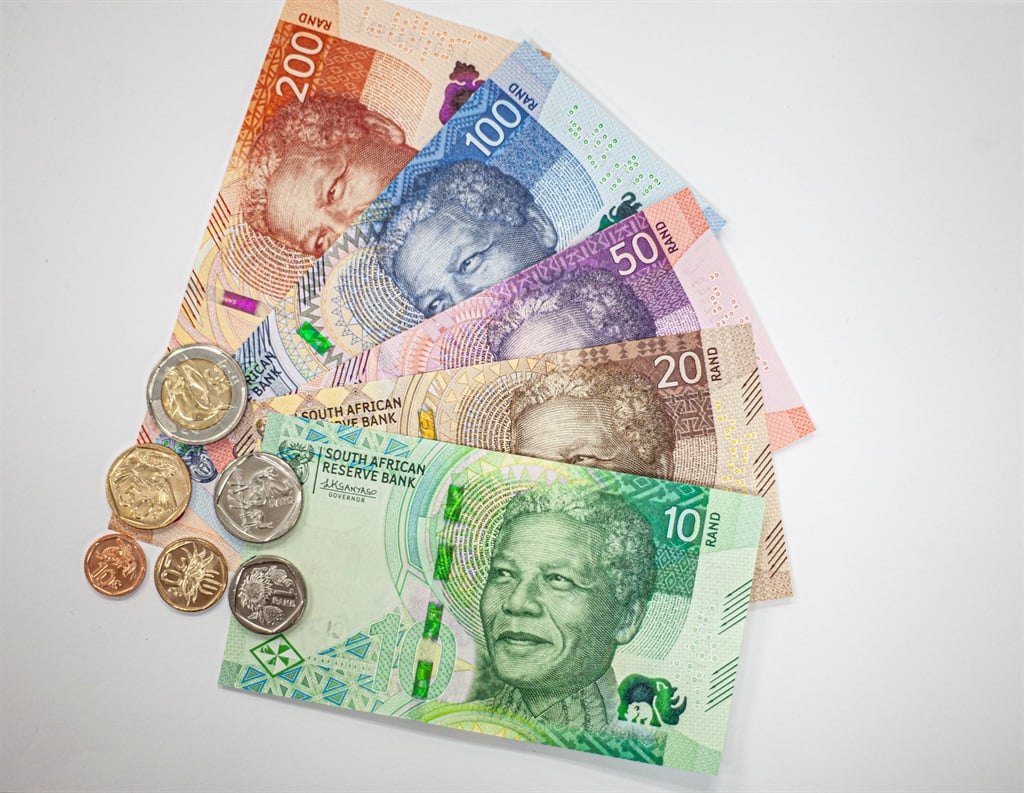The South African Reserve Bank (SARB) has announced a major upgrade to the country’s banknotes and coins. The changes, which include enhanced security features and new plants and animals, are in line with international best practice to combat counterfeiting.
The upgraded currency will begin circulation this week, and although there will be some noticeable differences, former president Nelson Mandela and Africa’s Big Five will still feature on the notes. There will also be no changes to the denominations or sizes of the banknotes. One of the most significant changes is the addition of the preamble to the Constitution and a miniature South African flag in the centre thread of the banknotes.
The R20 banknote will become a more visible brown, the R50 will have a purple tint instead of red, and the R200 will be a more vibrant orange. The upgrade will also expand the Big Five theme on the back of the banknotes to incorporate family scenarios depicting both parents and offspring.
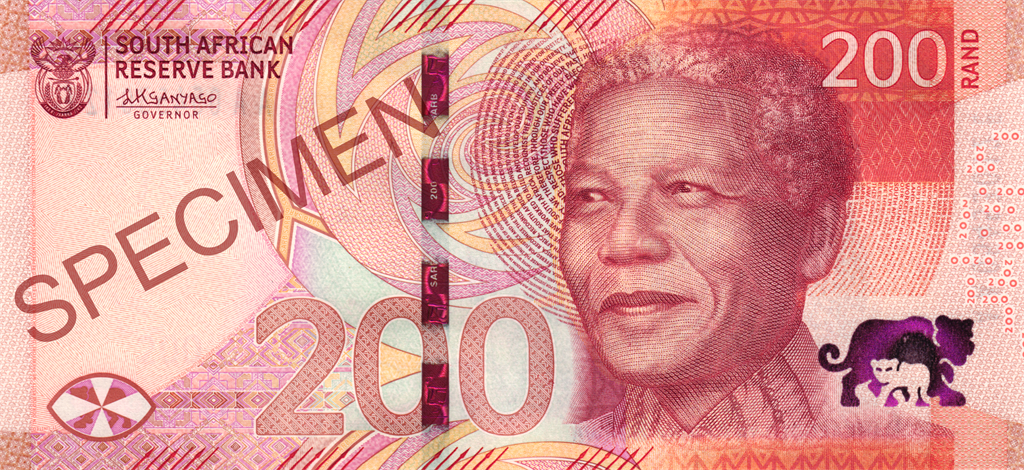
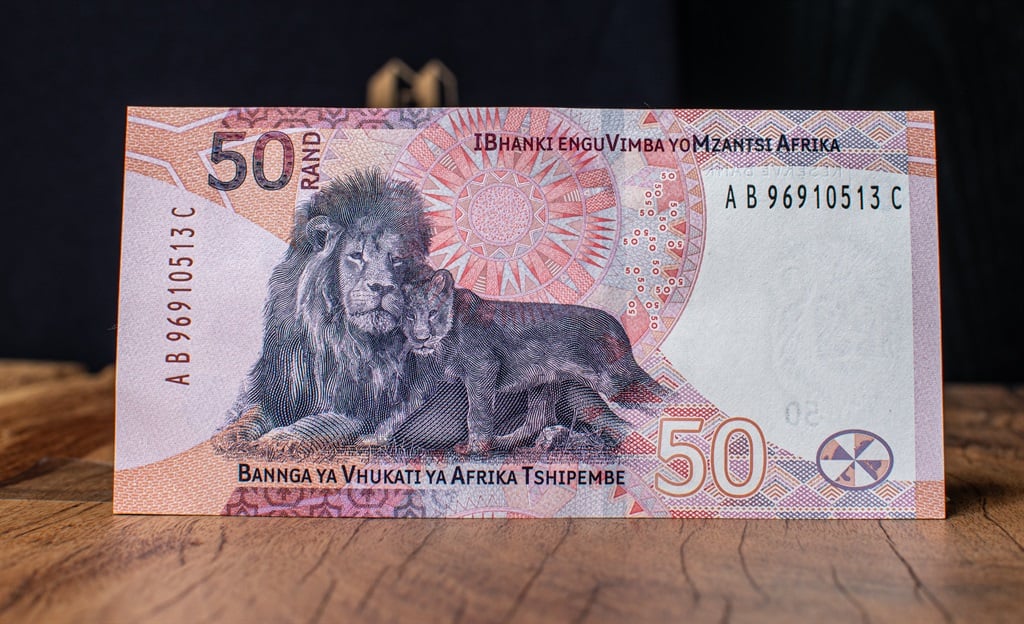
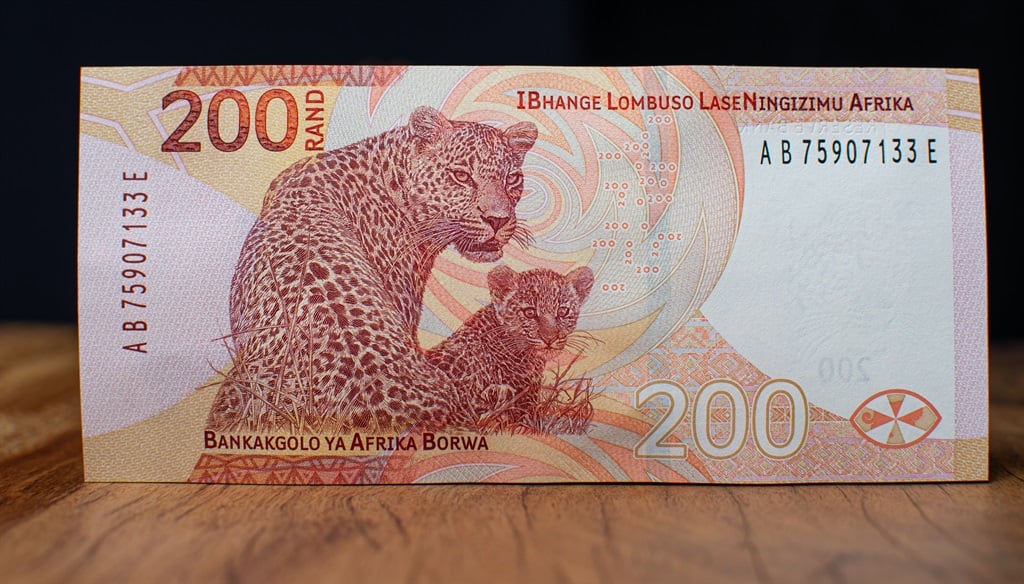
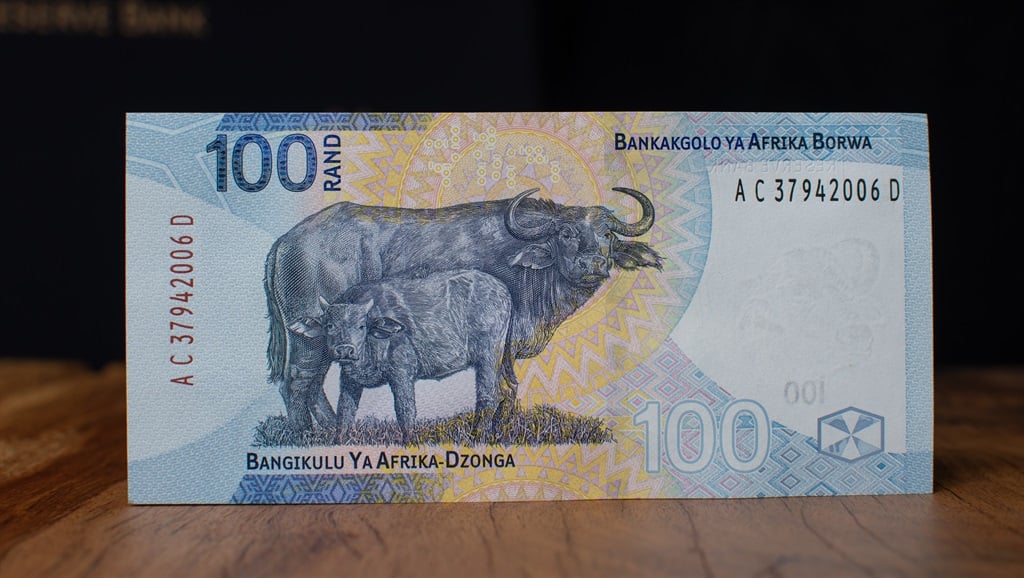
The security features include watermarks that feature a picture of the Big Five animals on the banknotes, as well as specific physical characteristics to help visually impaired individuals differentiate between banknotes. The SARB is also introducing new animal depictions on some of its coins, including the Cape honey bee replacing the aloe on 10c pieces and the southern right whale, accompanied by SA’s national fish, the galjoen, on the R5 coin – replacing the buffalo.

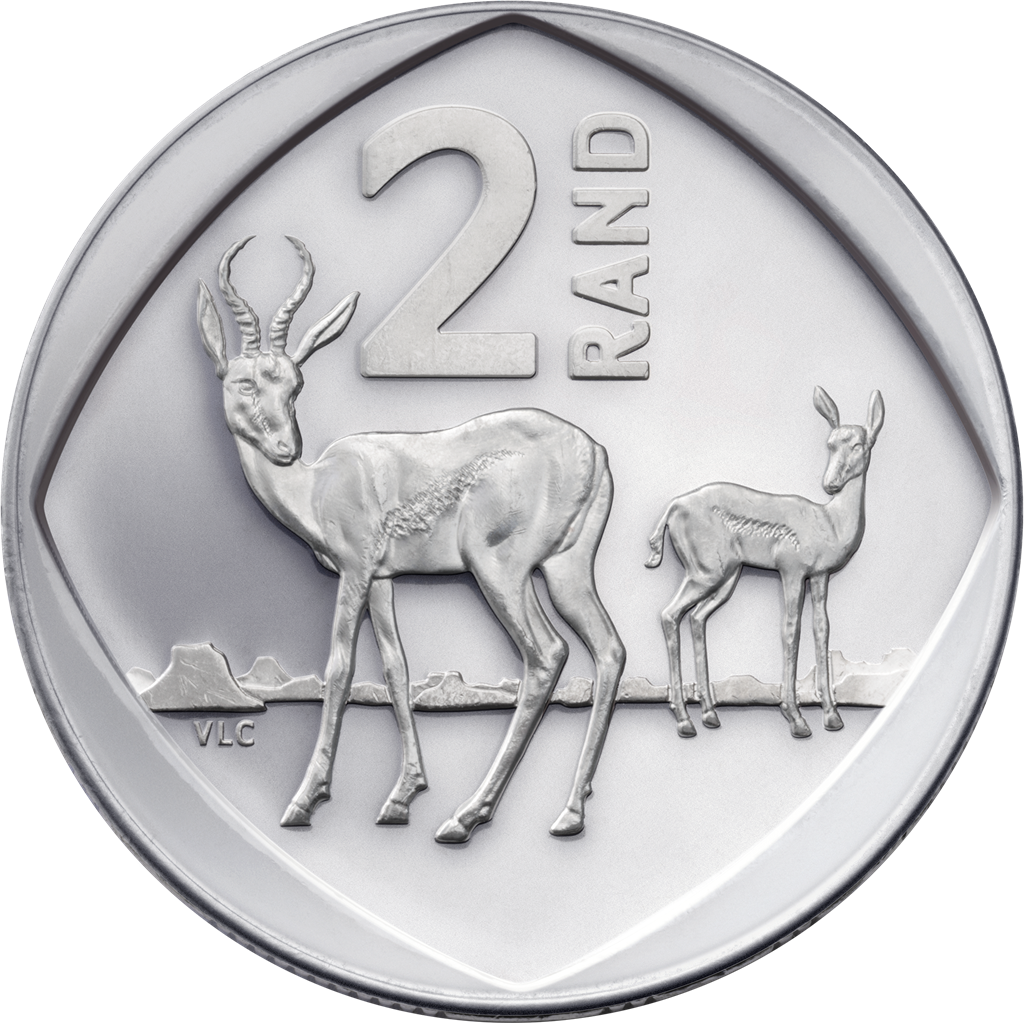
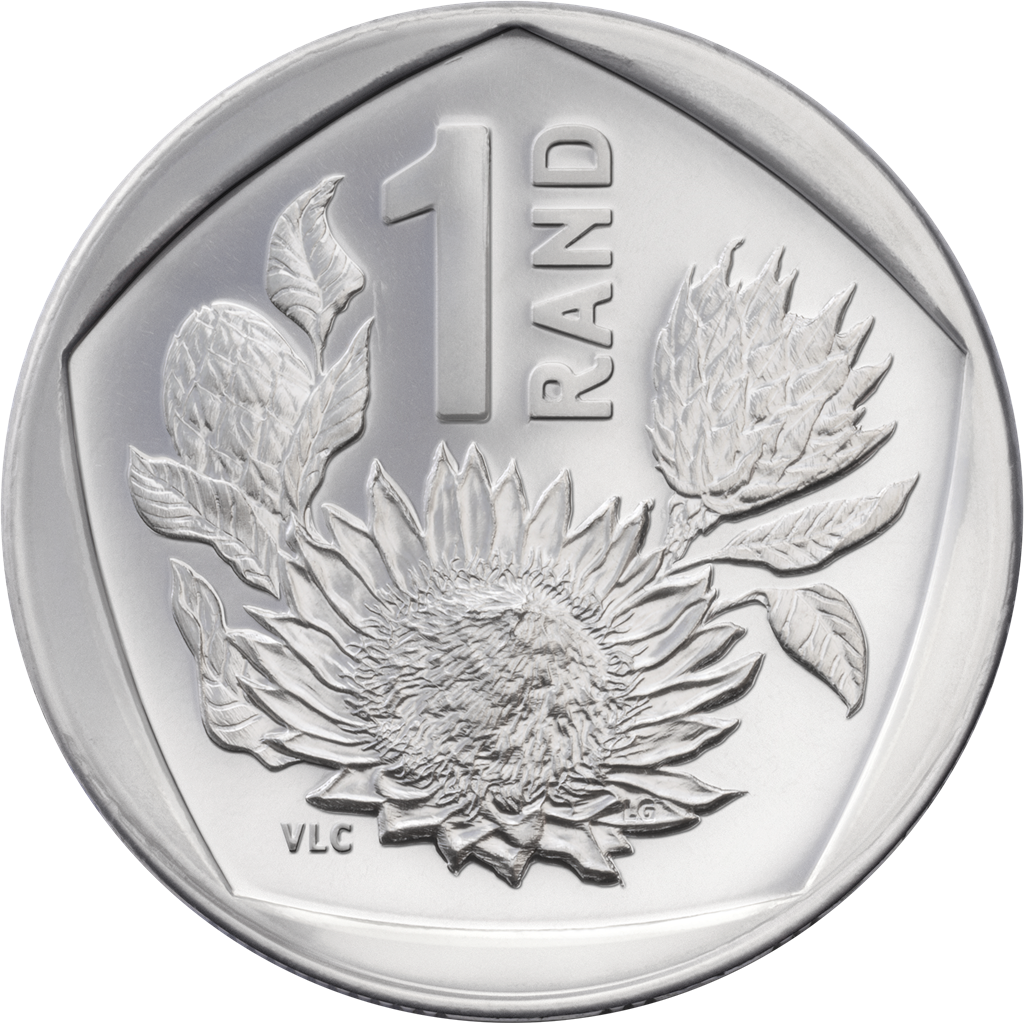
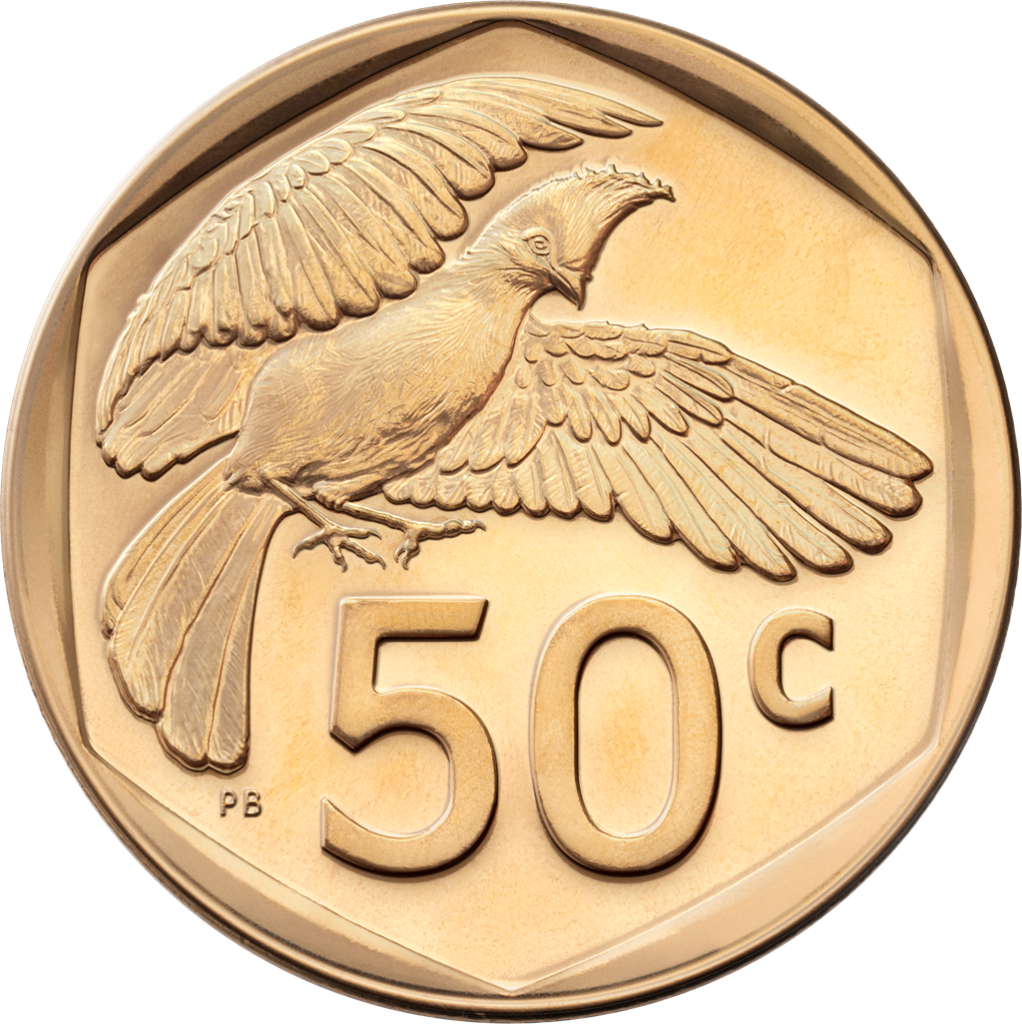
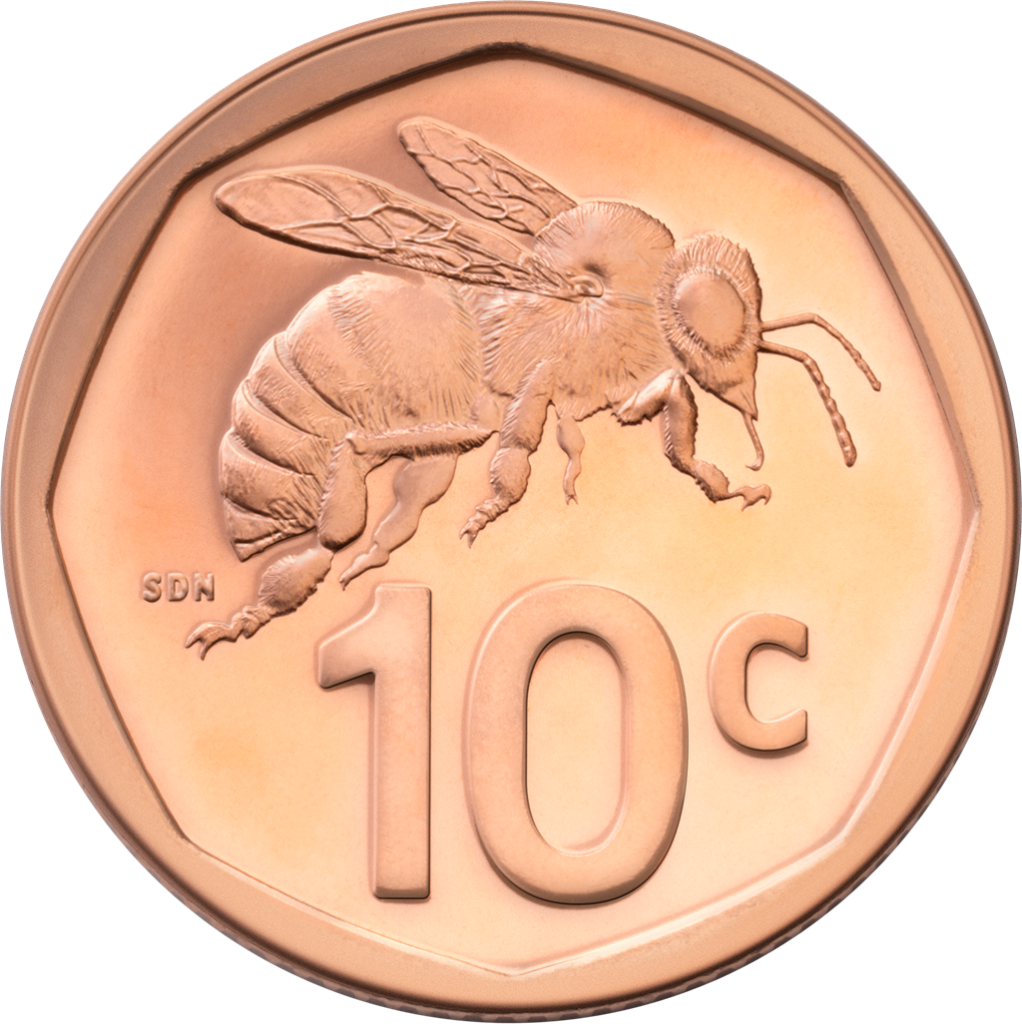
The SARB said that it did not want to overwhelm society with too many changes, which explained why the core features, such as the portrait of Mandela and the Big Five depictions, sizes and denomination mix, remain the same. The banknotes aim to tell the South African story and be a “window into our country” that can “tell the South African story” in “many different ways,” whether it is about the constitutional democracy, the country’s first democratically elected president, or the Big Five from a tourism economy point of view.
The banknotes will also feature tactile marks to help visually impaired people differentiate between denominations. The SARB consulted with organizations like Blind SA, and when visually impaired people were interviewed, they said this feature gave them the independence to participate in the economy. The bank also uses a method called “look, feel and tilt” to establish that money is legitimate currency.
South Africans will be able to see the Big Five watermark on both sides of the banknotes, and when they tilt the banknote, they will see the word SARB and denomination on each banknote. They will also be able to “feel” the raised print on Madiba’s face. Reserve Bank governor Lesetja Kganyago’s signature will also be visible, and every banknote will maintain its unique serial number.
The bank said that South Africa has one of the lowest counterfeit rates in the world, with only an estimated three fake notes for every million banknotes produced. Existing banknotes and coins will continue to remain legal tender and can be used alongside the upgraded banknotes.
The upgraded banknotes and coins will start being put into circulation this week, with the expectation that most South Africans will come into contact with the full range of upgraded currency from June onwards.
Since 2012, there have been some minor tweaks to the banknotes. In 2018, during Mandela’s centenary celebrations, notes featured a picture of his homes in Soweto and the Eastern Cape, as well as the place of his arrest in Howick.
